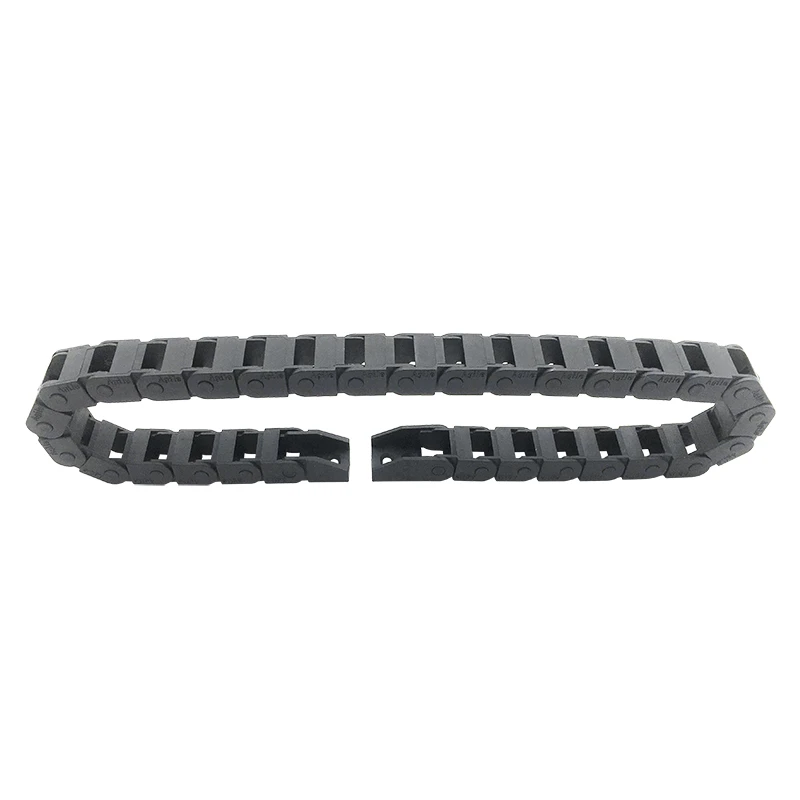Understanding Cable Carrier Systems for Efficient Transportation and Management of Cables
Understanding Cable Carrier Tracks A Comprehensive Overview
In industries where heavy machinery and complex systems are the norm, the need for efficient cable management solutions becomes paramount. One of the most effective methods employed to achieve this is through the use of cable carrier tracks. These specialized structures play a crucial role in organizing and protecting cables while ensuring smooth operation in various mechanical environments.
Cable carrier tracks, also known as cable tracks or energy chains, are designed to house and guide flexible cables and hoses as they move within a system. The design of these tracks allows for controlled movement, which is essential in applications where the cables are subjected to constant bending and flexing, such as in robotic systems, CNC machines, and conveyor systems. By reducing the strain on cables and preventing tangling, cable carrier tracks significantly extend the lifespan of these crucial components.
One of the primary advantages of utilizing cable carrier tracks is the enhanced safety they provide. In environments where cables are left unmonitored, there is a high risk of tripping hazards and accidental damage. Cable carrier tracks help to mitigate these risks by keeping cables neatly organized and secured, thereby creating a safer workspace. Moreover, these systems can be customized to accommodate various cable sizes and types, ensuring compatibility with the machinery they support.
cable carrier track

Another critical aspect of cable carrier tracks is their contribution to operational efficiency. In automated systems, downtime can be costly. Cable carrier tracks facilitate smooth and predictable movement of cables, which minimizes wear and tear. This predictability is crucial for high-speed machinery, where any disruption can lead to significant delays. By incorporating these tracks into the machinery’s design, operators can enjoy uninterrupted performance and reduced maintenance requirements.
In terms of construction materials, cable carrier tracks are often made from robust materials such as plastic, steel, or aluminum. The choice of material largely depends on the application and the environment in which the track will be used. For instance, plastic tracks are typically lighter and more flexible, making them suitable for light-duty applications. In contrast, steel and aluminum tracks provide superior strength and rigidity, making them ideal for more demanding environments where heavy loads or high stresses are a concern.
The installation of cable carrier tracks can vary depending on the system’s design. Typically, they are mounted to fixed points on machinery, allowing them to move in tandem with the equipment's motion. Some advanced tracks are designed to allow for horizontal and vertical movement, further enhancing their versatility. Proper installation is crucial to maximize the benefits of cable carrier tracks. Failure to do so may lead to inefficiencies or even damage to the cables they are intended to protect.
In conclusion, cable carrier tracks offer an effective and efficient solution for managing cables and hoses in dynamic environments. Their ability to improve safety, enhance operational efficiency, and prolong the lifespan of cables makes them an essential component in various industrial applications. As technology continues to advance, the design and implementation of cable carrier tracks will likely evolve, leading to even more innovative solutions for cable management challenges. Whether in manufacturing, robotics, or any other sector that relies on complex machinery, the strategic use of cable carrier tracks represents a proactive approach to ensuring smooth, safe, and efficient operations.








